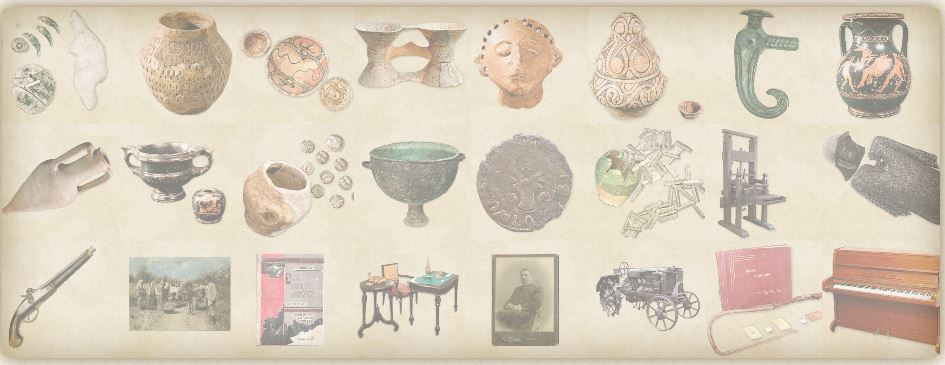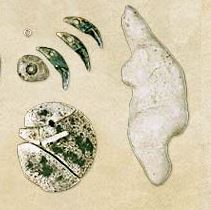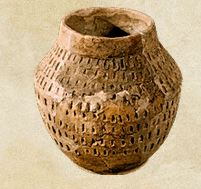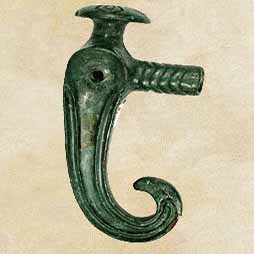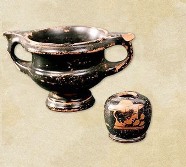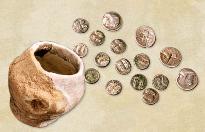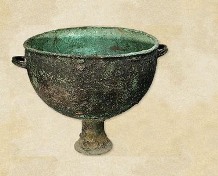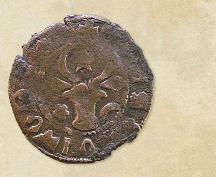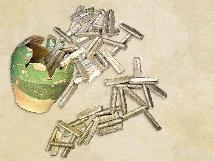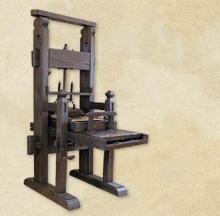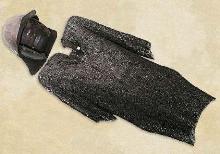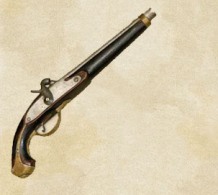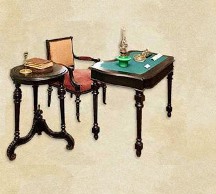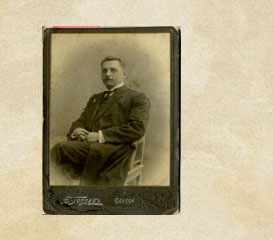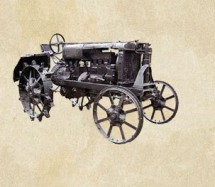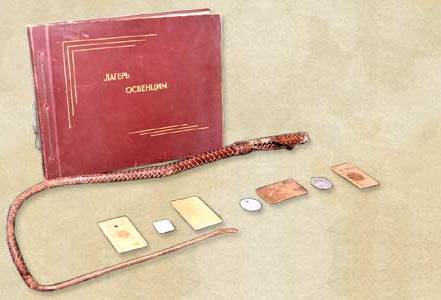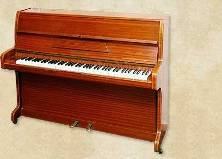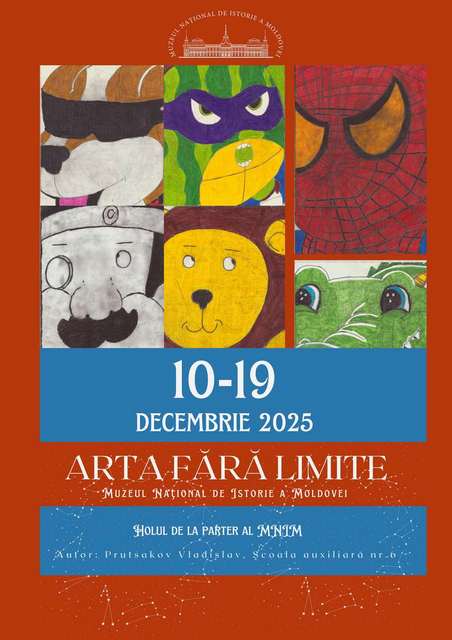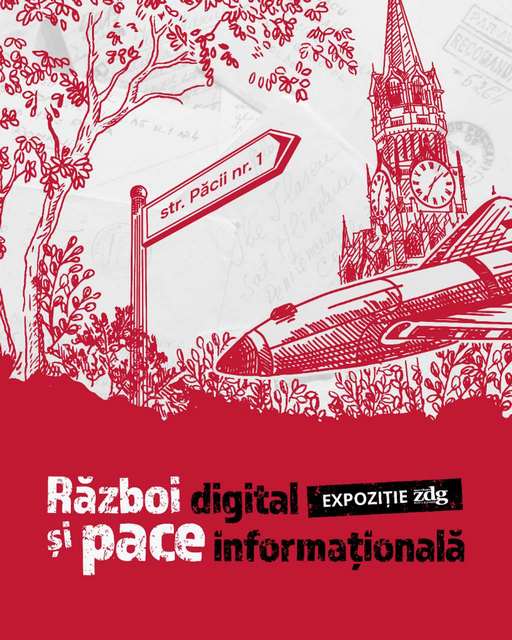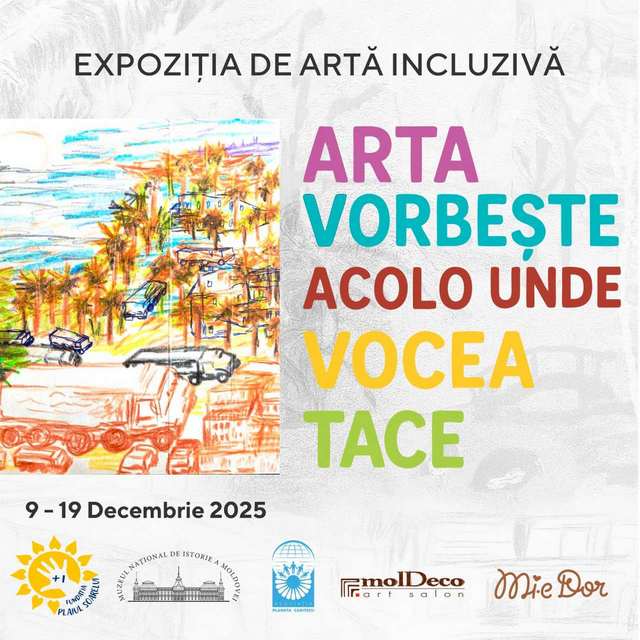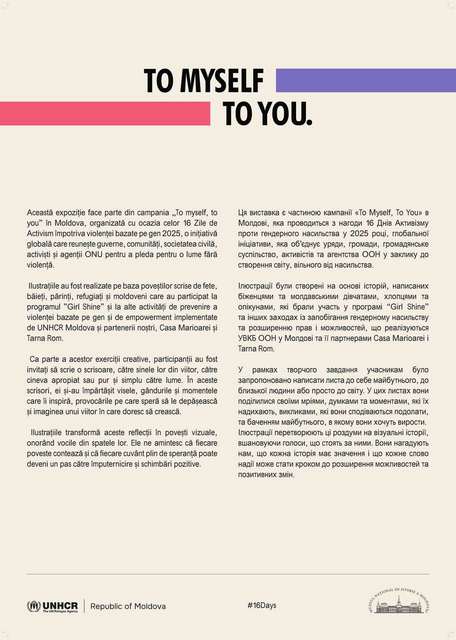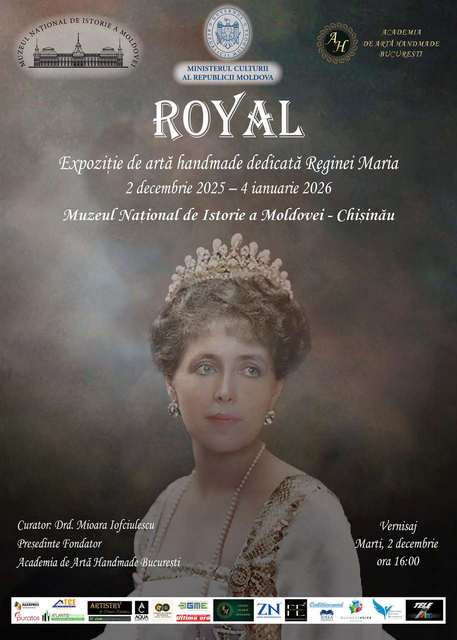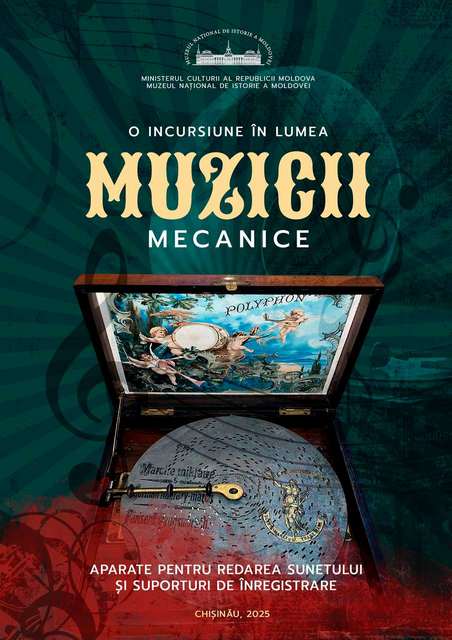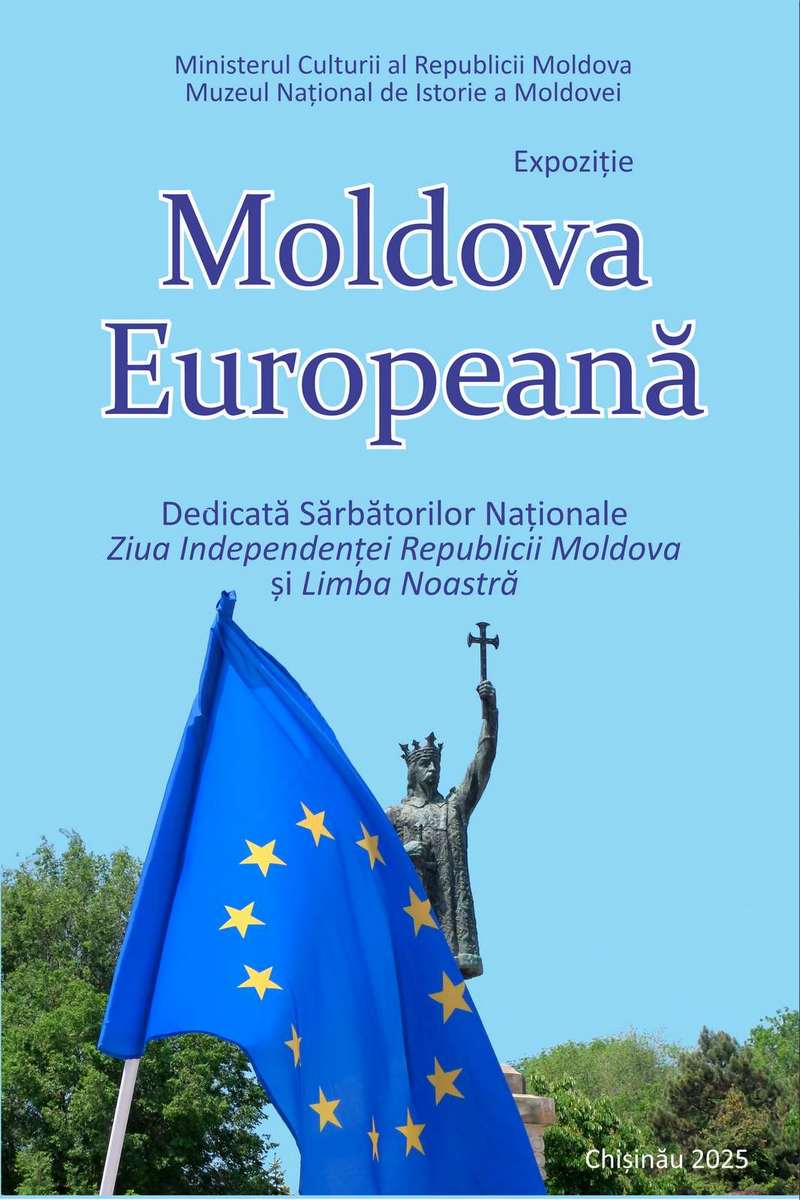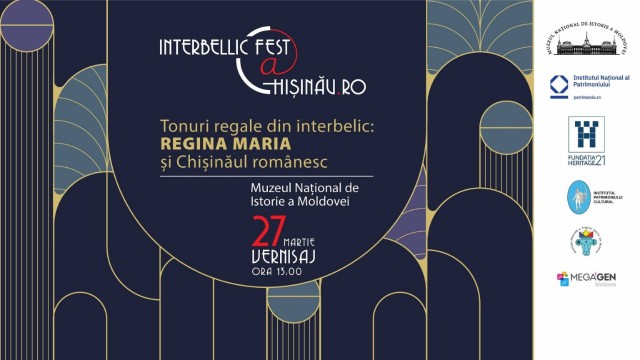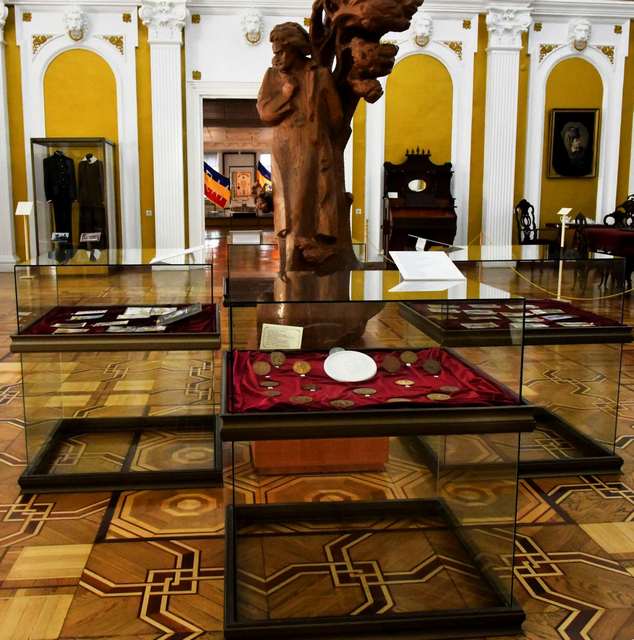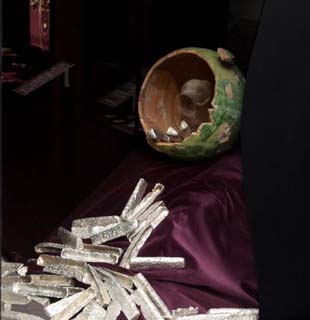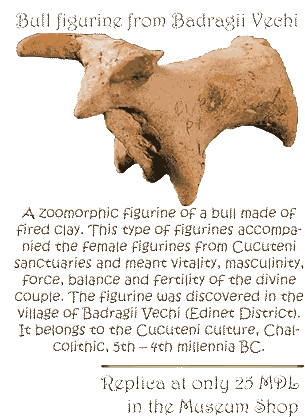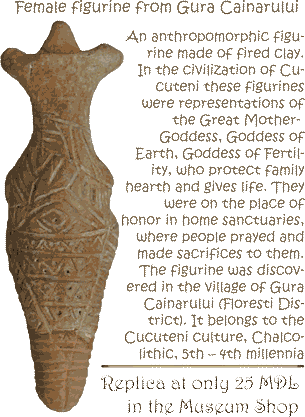  Events Archive Events Archive
European Night of Museums 2025
May 17, 2025
 On May 17, 2025, the National Museum of History of Moldova hosted the European Night of Museums, a large-scale event dedicated to promoting cultural heritage and increasing accessibility to museums. Organized annually under the auspices of the French Ministry of Culture, UNESCO, the Council of Europe, and ICOM, the initiative allowed visitors to explore the museum's collections free of charge and participate in special activities within an interactive setting.
The event attracted approximately 10,000 visitors, offering them a diverse experience through exhibitions, craft demonstrations, literary recitals, and artistic performances. Among the highlights was the exhibition "Belgica: A Story Exhibition", accompanied by an educational podcast about the Antarctic expeditions of the first explorers of the South Pole. At the same time, the exhibition "Harmony of Beauty. The Timeless Elegance of Azerbaijani Carpets", organized in partnership with "Azerkhalcha" Open Joint Stock Company and the Embassy of the Republic of Azerbaijan, featured a carpet weaving workshop, led by a professional weaver, offering visitors a demonstration of traditional manual techniques.
The artistic program included choreographic performances presented by students of the Academy of Music, Theatre, and Fine Arts, musical recitals by students of the Eugen Doga Music School and the Republican Music High School "Serghei Rahmaninov", enriching the cultural atmosphere of the evening. Creative workshops dedicated to metallurgy, held in Room No. 2 of the museum, provided participants with the opportunity to learn traditional techniques for crafting medieval-inspired jewelry. A distinctive moment was the poetry recital by writer Victoria Fonari, highlighting literary expression within this multidisciplinary event.
The night concluded with major performances, including a mixed dance show, organized by the ALCOR Social Dance Studio of the Nicolai Gogol Theoretical High School, alongside artists from the Maria Bieșu National Opera and Ballet Theatre, coordinated by Ludmila Slipțova. Additionally, the closing musical performance, held in the museum courtyard, was delivered by students of the Republican Music High School "Serghei Rahmaninov".
Through its diverse program and high visitor turnout, the European Night of Museums proved to be a successful event, reaffirming the museum's role as a cultural and educational interaction space. European Night of Museums 2025 was not only a celebration of the past but also an invitation to rediscovery, dialogue, and connection between generations, cultures, and traditions.
Event partners: Embassy of the Republic of Azerbaijan, "Azerkhalcha" Open Joint Stock Company, Choreographic and Motor Performance Art Department of the Academy of Music, Theatre, and Fine Arts, Academy of Music, Theatre and Fine Arts (AMTAP), Nicolai Gogol Theoretical High School, S. Rahmaninov Republican Music High School, Polish Institute in Bucharest, Eugen Doga Music School.
|











 31 August 1989 St., 121 A, MD 2012, Chisinau, Republic of Moldova
31 August 1989 St., 121 A, MD 2012, Chisinau, Republic of Moldova

























